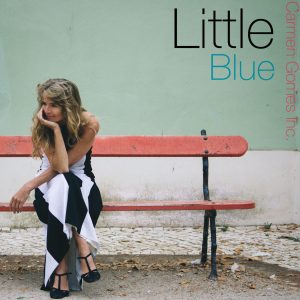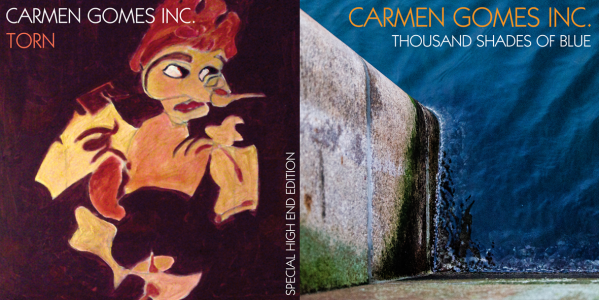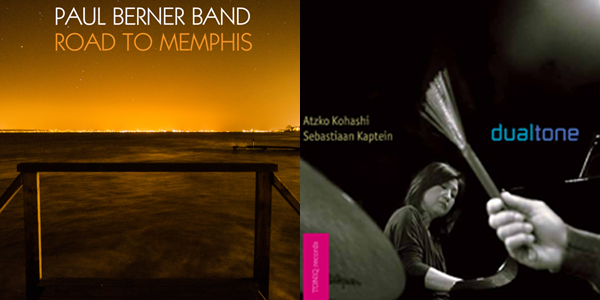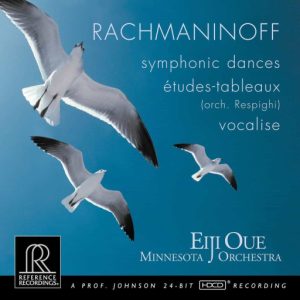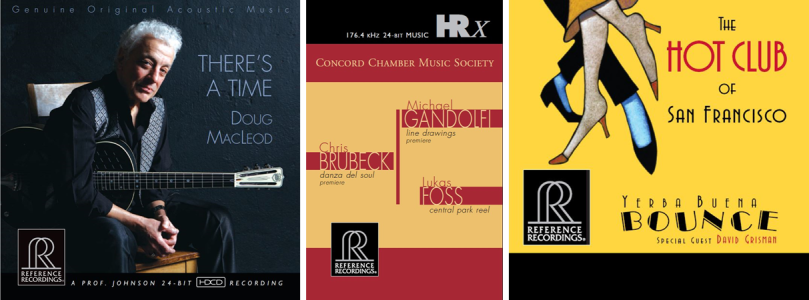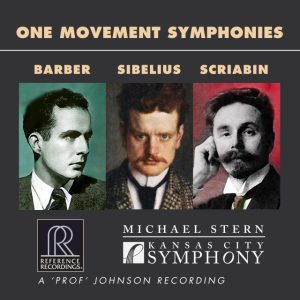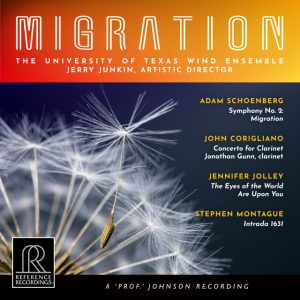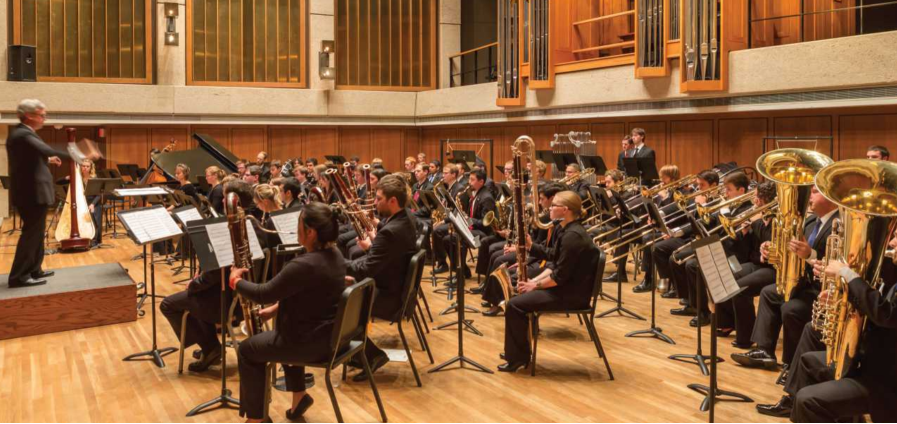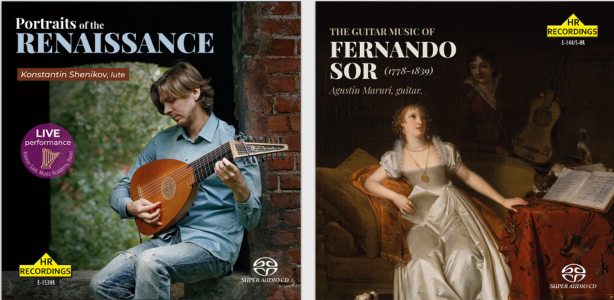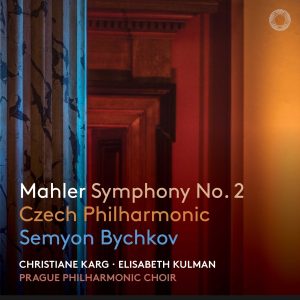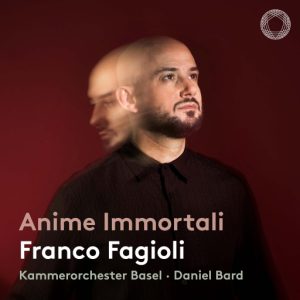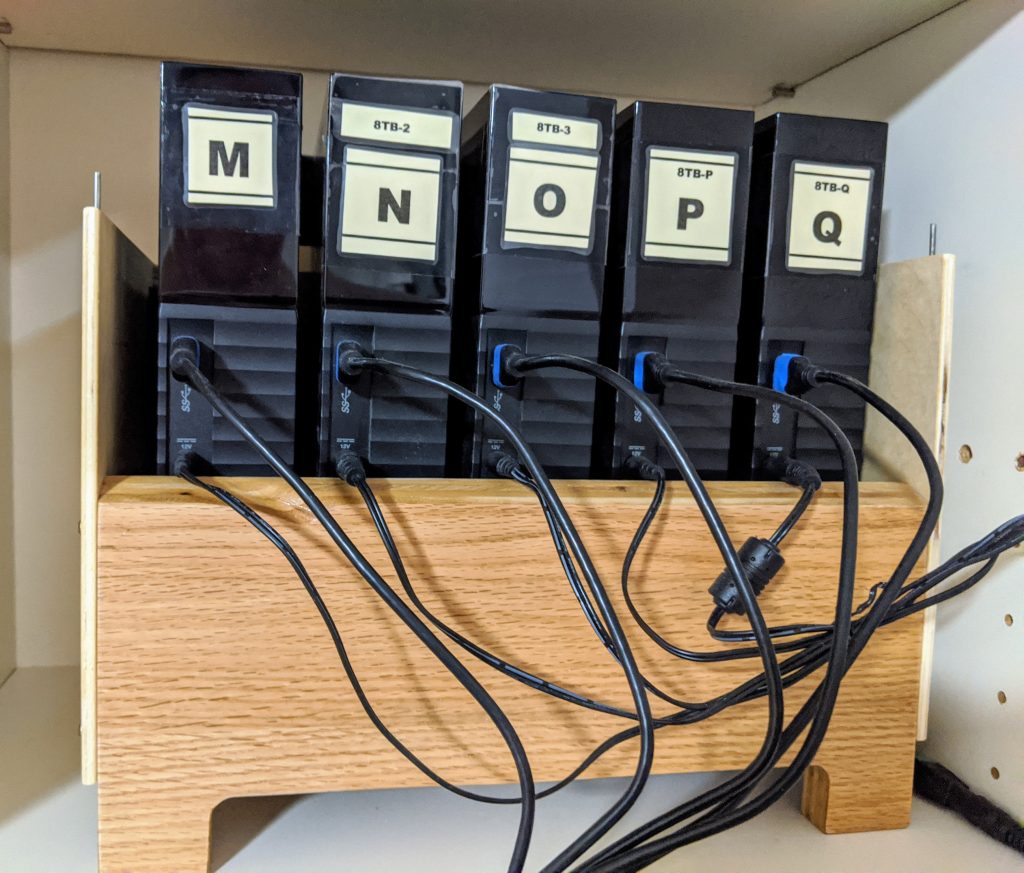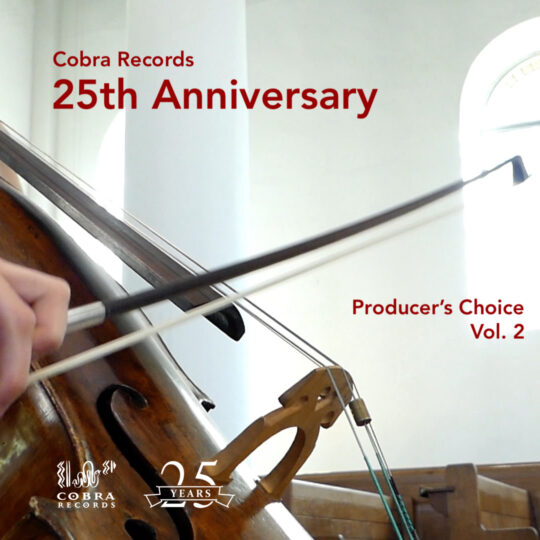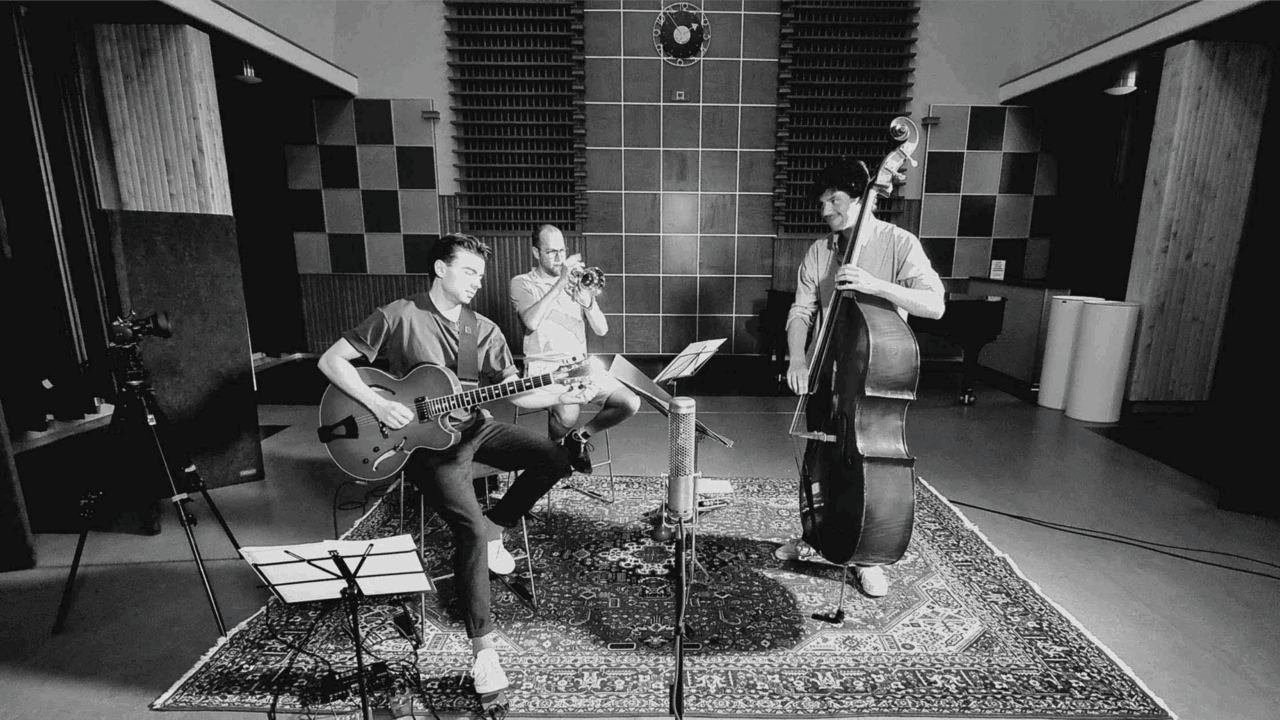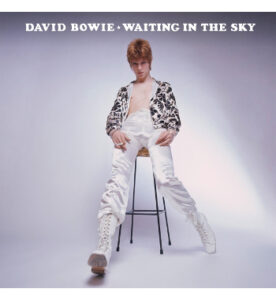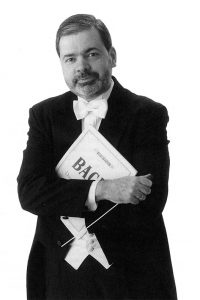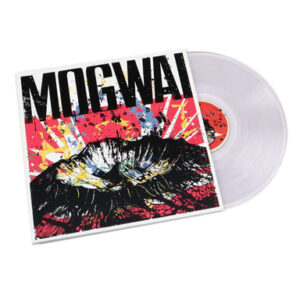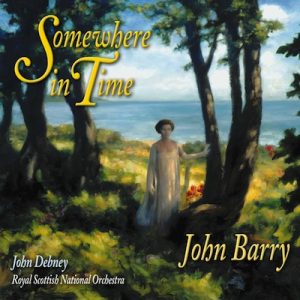You may have seen that NativeDSD recently decided to expand its catalog offerings to now offer albums originally recorded in PCM 88.2kHz, 96kHz, 176.4kHz, and 192kHz rates in addition to the DSD/DXD recordings they have always featured. See the announcement HERE. So, after a month under the new policy, I've been watching to see what this change brings to us as listeners. And, thus far, I've been quite pleased with the additional titles from their existing label partners. Here are some of the jewels I've found.
All are albums are available in the PCM wav format in which they were originally recorded (whether 88.2, 96, 176.4, or 192kHz) so that you can get the least additionally processed file. Of course, if you've determined that your DAC performs better with a higher resolution file, those higher resolutions are additionally available at NativeDSD, up to PCM 352.8kHz (DXD) and 384kHz, and up to DSD256 and DSD512. (But see my note at the end of this article.)
Little Blue by Carmen Gomes Inc. Sound Liaison 2015 (original recording resolution 96kHz) HERE
I admit it—I've become a huge fan of Carmen Gomes Inc. Their albums contain just an excellent selection of songs, with excellent instrumental performances, and the ever wonderful voice of Carmen Gomes. Carmen and her partners consistently deliver a delightful blending of blues, rock and song. In Little Blue, Carmen collects a broad range of songs which she says are "songs of my youth that made a lingering impression and original compositions, some written a long time ago; some only recently. They all deal with topics of everyday life that keep my mind occupied: the choices we make, how we define ourselves and how we deal with life in general."
As with all of her albums, Carmen takes songs down to their basic elements and then rebuilds/restructures to suit her style. Her songs don't sound like covers. They sound original and authentic—a new take on something familiar that gives a new listening experience. Each sounds like a valid new interpretation. With a bluesy, intimate style, and a sultry sweet voice, Carmen strikes brilliantly at the heart of the song; she conveys pure emotion to the listener. Add to this an ensemble that is so tight they could collectively be a single person, and you have performances that consistently hit their mark.
Recorded at M.C.O, Studio 2, Hilversum, The Netherlands, on August 17 & 18, 2014 and April 12, 2015, this is a fine example of Frans de Rond's excellent engineering that captures the performers as if we are in the room with them. Just brilliantly recorded.
We now also have available two additional albums from Carmen Gomes Inc., to my great delight. Both are original recordings at 96kHz and they are excellent. They are each a deep, sultry dive into the blues—filled with emotion, filled with intimate one-to-one communication. It's wonderful to now have all three of these earlier albums of Carmen Gomez Inc available at NativeDSD.
Torn by Carmen Gomes Inc. Sound Liaison 2012 (original recording resolution 96kHz) HERE
Thousand Shades of Blue by Carmen Gomes Inc. Sound Liaison 2012 (original recording resolution 96kHz) HERE
Road to Memphis, Paul Berner Band. Sound Liaison 2012 (original recording resolution 96kHz) HERE
Dualtone, Atzko Kohashi & Sebastiaan Kaptein. Sound Liaison 2012 (original recording resolution 96kHz) HERE
Sound Liaison continues reaching into their vaults to provide two jazz recordings from 2012: Dualtone (HERE) and Road to Memphis (HERE). Both are beautifully recorded. The Paul Berner Band's Road to Memphis was recorded live in front of an audience in Studio Eleven (Hilversum) and the energy of the performances are what you get only with a live recording. The band is really moving together in these cuts. In Dual Tone, Atzko Kohashi and Sebastiaan Kaptein are working deeply through improvisation. This brings its own unique creative energy. And Atzko Kohashi is her ever-innovating and engaging performer.
Rachmaninoff Symphonic Dances, Etudes-tableaux, Vocalise, Eiji Oue, Minnesota Orchestra. Reference Recordings (original recording resolution 176.4kHz) HERE
I recall what a huge impact this album had on the audiophile community when it was first released in 2001. It continues to be a great recording with excellent performances of these works. This is an example of some of the outstanding PCM recordings that NativeDSD has been missing out on and now is able to offer with their change in policy. I'm delighted to see it now available at NativeDSD. If you don't already have this, get it! If you have any interest at all in the music of Rachmaninoff, or in great orchestral recordings generally, you won't be disappointed.
Also now available are these three additional, and very excellent, albums from Reference Recordings. If the music appeals to you, as it does to me, I can highly recommend the performances and the recording quality.
And I'm told there will be more recordings from Reference Recordings coming over the next weeks. First will be the stereo only albums, at a rate of about 2 per week. Following the stereo only releases, NativeDSD expects to be able to offer the Reference Recordings albums that were released in stereo and surround sound. Over 30 Reference Recording albums are anticipated to become available in the original recording format of 176.4kHz and also in higher resolutions processed through NativeDSD's Higher Rates Program (HRP, see HERE). Lovers of 5.1 surround sound rejoice! I guarantee you that Tom Caulfield, NativeDSD's mastering engineer, is dancing his happy dance over getting agreement from Reference Recordings to release these.
One Movement Symphonies, music of Barber, Sibelius and Scriabin, Michael Stern, Kansas City Symphony. Reference Recordings 2016, 2023 (original recording resolution 176.4kHz) HERE
And sure enough, here is yet another wonderful Reference Recordings release recorded by Keith Johnson in 2016. The Kansas City Symphony under conductor Michael Stern was an excellent orchestra. Their albums made with Reference Recordings, including this one, are top drawer and all are highly recommended.
Included here are Samuel Barber's First Symphony (In One Movement), Op. 9 (1936); Jean Sibelius' Symphony No. 7 in C major, Op. 105 (1924); and Alexander Scriabin's Le poème de l'extase (The Poem of Ecstasy), Op. 54 (1905-1908). As the title of the album states, these are all one movement symphonies of 19-23 minutes each. But packed into these single movement marvels is a wealth of creative music to explore and savor.
This album was recorded in the beautiful and acoustically acclaimed Helzberg Hall, Kauffman Center for the Performing Arts. It was produced by David Frost, seven-time winner of the Classical Producer of the Year GRAMMY award. It was recorded by RR's engineering team, comprised of GRAMMY-winning engineer and Technical Director Keith O. Johnson, and multi-GRAMMY nominated engineer Sean Martin.
And it's a good 'un.
Migration, The University of Texas Wind Ensemble, Jerry Junkin artistic director. Reference Recordings 2017, 2023 (original recording resolution 176.4kHz) HERE
And another... I enjoy finding recordings of works by contemporary modern composers. I can't say I'm a huge fan of wind ensemble (a failing in my character according to a good audio friend), but I am quite enjoying the performances on this album. The album begins with Symphony No. 2: Migration by Adam Schoenberg (b. 1980), a narrative inspired by his wife and her family's journey to America. Adam writes in the liner notes: "Janine's parents did what many immigrants dream of doing: they became citizens, worked hard, and eventually bought a home. But their central focus was always making sure that their children would succeed. They fought to give them opportunities that would not have been possible elsewhere. They are the sacrificial generation. Their children are the embodiment of the American Dream." It is a beautiful work. You should listen.
John Corgliano's Concerto for Clarinet follows in a transcription for wind ensemble by Craig Davis. This work was originally composed for Stanley Drucker, the first clarinetist of the New York Philharmonic, and was premiered on December 6, 1977 by the New York Philharmonic under Leonard Bernstein. The transcription for wind ensemble works very well, and I find it most enjoyable. As one might expect, the sound textures are uniquely different with the wind ensemble accompanying clarinet soloist Jonathan Gunn (who does a very nice job!).
The closing movement, "Antiphonal Toccatta," is simply brilliant here. Corgliano writes in the liner notes: "Early on, I made a decision to save some of the instruments (five horns, two trumpets, and two clarinets) for the final moments of the Concerto. This gave me the idea of physically separating them from the rest of the orchestra, and that, in turn, led to locating them in spatial positions so that they could be used antiphonally... (At the ending,) conversations between solo clarinet and onstage trumpet and trombones are now extended to include two off-stage trumpets (at the rear of the hall). A short but highly virtuosic cadenza leads to an outburst of all offstage instruments and to a buildup of the initial row-chord in the ensemble. This is followed by an extended coda with a fortissimo restatement of the Gabrieli theme and an antiphonal ending." Turn up the volume and enjoy!
Jennifer Jolley's (b. 1981) The Eyes of the World Are Upon Us is a chilling reminder of the nation's first campus mass shooting at the University of Texas, Austin, August 1, 1966, when seventeen people were gunned down over a ninety-six minute killing spree. (Do you remember that day? I do.) She wrote it following reading an article in the New York Times entitled "Texas Lawmakers Pass a Bill Allowing Guns at Colleges" (published June 2, 2015), which stated that "students and faculty members at public and private universities in Texas could be allowed to carry concealed handguns into classrooms, dormitories, and other buildings…." She writes, "This piece is a celebration of life: to those who died that day, but also to those who survived." It is an impactful, sad, and emotionally challenging work to hear. And well worth hearing.
The closing work in the album is a solemn, sweet processional, Intrada 1631, which composer Stephen Montague (b. 1943) writes "was inspired by a concert of early South American liturgical music... a Hanacpachap cussicuinin, a 17th century Catholic liturgical chant written in Quechua, the native language of the Incas." A very nice close to an excellent program of music.
Artistic Director Jerry Junkin and The University of Texas Wind Ensemble
From the liner notes: Conducted by Jerry Junkin, the University of Texas Wind Ensemble has firmly established itself as one of America's elite wind bands. Active in the area of commissioning new music since 1988, the group has offered world premiere performances of works by composers such as John Corigliano, Michael Daugherty, Donald Grantham, David Maslanka, and Dan Welcher. One of the guiding principles of the ensemble is contact with the leading musical minds of the twentieth and twenty-first centuries, resulting in residencies by such notable musicians as Samuel Alder, Robert Beaser, Daniel Godfrey, William Kraft, David Maslanka, Thea Musgrave, Stephen Stucky, Joan Tower, and Pulitzer Prize winners John Adams, William Bolcom, Michael Colgrass, John Corigliano, David Del Tredici,
Portraits of the Renaissance, Konstantin Shenikov, lute. HR Recordings, 2023 (original recording resolution 192kHz) HERE
The Guitar Music of Fernando Sor, Agustín Maruri, guitar. HR Recordings, 2023 (original recording resolution 96kHz) HERE
Music for lute or guitar, anyone? These are both lovely recordings, but not available until now since their original recording resolution was 96kHz. Ann has been particularly enjoying Konstantin Shenikov on lute, whom she finds very skillful and very deliberate in his presentation of these dance tunes by various Renaissance composers, including Cutting, Dowland, Ferrabosco, Holborne, Capriola and Anonymous. These are all composers whom I enjoy as well. I find Shenikov's playing to be technically very fine, but for my preferences there is yet more to be found in these pieces than Shernikov provides. Ann disagrees and finds his presentation of the pieces eminently enjoyable and very appropriate for dance, the intended purpose for many. Try them, you may like them.
The guitar works of Fernando Sor are well known to those who love classical guitar. These performances by Agustín Maruri are very fine, in my opinion. I'm not an expert in the technique of playing classical guitar, but I have found these delightful. If you wish to sample one track, may I suggest the little Andantino, op. 2, no. 3 on Track 4. At a little over three minutes, it is a fair reflection of what's to be found on the rest of the album.
Mahler Symphony No. 2 (The Resurrection), Christiane Karg, Czech Philharmonic, Elisabeth Kulman, Prague Philharmonic Choir, Semyon Bychkov. Pentatone, 2018 (original recording resolution 96kHz) HERE
This has quickly become my favorite performance of Mahler's Second Symphony, nicknames "The Resurrection." It is a massive work for full orchestra, chorus, and alto soloist. At nearly an hour and a half in length, it is demanding of your commitment as a listener. But it rewards! It rewards throughout! If you are not a fan Mahler, this is the symphony that might win you over. It is filled with brilliant themes, great lyricism, tremendous orchestral color. Symon Bychkov's pacing is just perfect for my tastes—he never looses the overall thread of the music, maintaining tension across the entire magnificent arch of the piece.
One can certainly pick nits here and there (does the end of the first movement have enough ferocity? does alto Chistiane Karg have enough gravitas to fully deliver the critical "Urlicht" movement? (she does, in my opinion), does Bychov over-manage the sound of each of the instrument sections that the big picture of the first movement loses out?). My overall answer to these nits is, get over it. This is a great performance with tremendous power, great emotional range, and exceptional beauty.
The Czech Philharmanic is unarguably among the great orchestras performing today, and their performance for Bychkov here is magnificent. Both alto Christiane Karg and soprano Elisabeth Kulman deliver spine tingling performances.
And the sound quality from the Pentatone recording team is superb. The sound will blow your hair back and knock off your socks. Now I need to listen to Bychkov's earlier recordings of Mahler's Symphonies Nos. 4 and 5. A friend told me they are terrific.
Anime Immortali (Immortal Souls), Franco Fagioli, Daniel Bard, Kammerorchester Basel. Pentatone 2023 (original recording resolution 96kHz) HERE
Here is an cotemporary example of recordings still being made in PCM 96kHz in 2020 and released in 2023. While not everyone may enjoy countertenors, these are wonderful arias from great Mozart operas and exquisite choral music. And Franco Fagioli is stellar. He sings with tremendously communicative phrasing and inflection, excellent clarity, and genuine emotional intensity. The playing by Kammerorchester Basel is alert and lively, and the recording quality is very, very nice. And when the music is from Mozart's Lucio Silla, La clemenza di Tito, Exsultate jubilate, among other works, how can you go wrong!?!
All of these recordings are being released by NativeDSD in their original recording format and resolution (hurray!), plus conversions to other resolutions such as DXD and DSD64, DSD128, DSD256, DSD512. You can choose. But which to choose?
Its complicated, but the ultimate answer is: choose what sounds best in your system, with your DAC. Just do not assume that some higher resolution format than the original will sound better. It may, but also it may not sound as good. In our primary system, the original recording resolution consistently sounds best. It is the closest to the edit master of that file and has had the least number of digital conversions, which always leave artifacts. But, while our primary DAC is happiest ingesting the original file format, another DAC may prefer the benefits of the pre-processed conversion to a higher resolution. There is less work for the DAC to do. So, you have some homework to do if you've not already done this comparison.
Who said digital was easy?




